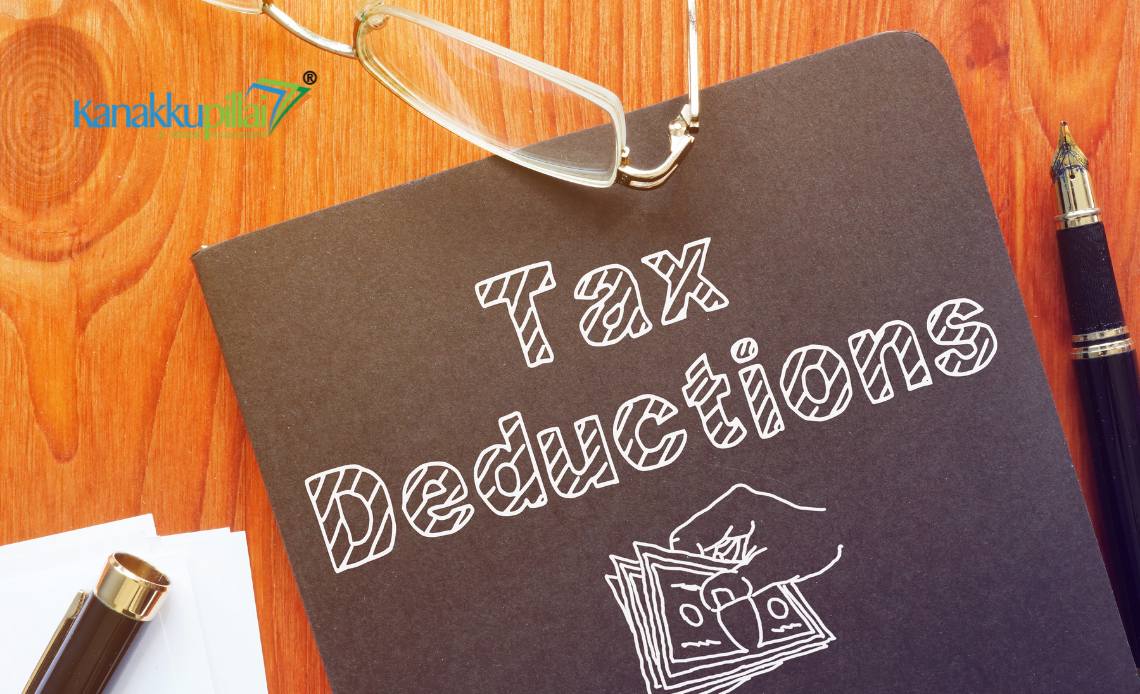Our colleagues or income tax lawyers frequently request that we complete these forms promptly. But what are they actually? They are merely income tax return forms that any citizen has to file with the income tax department. These forms typically require the company to declare our TDS in detail.
TDS denotes Tax Deducted at Source. It is regarded as an advance tax. The Government receives a specific tax amount as and when the transaction is performed. This contains the amount deducted by the payer and paid to the Government. The individual has to submit a TDS return after paying TDS, in which he or she needs to state the payee’s PAN.
The TAN is necessary for TDS deductions. Generally, every company, LLP, and partnership firm covered under the Tax Audit in the previous year is liable to subtract the TDS from the fixed payments that they make. For these statements of Tax Payment, specific forms have to be submitted by individuals for TDS. These forms have some distinct and elementary features and rely on different factors. Proceed further to know about these types and their characters in brief.
TDS Return Form
TAX DEDUCTED AT SOURCE (TDS): It is the name of a process initiated by the Income Tax Department, where the one who make the payment has to deduct specified rates of tax as Tax on source. TDS is on various incomes like commissions, salaries, interest etc.
Every assessee who has deducted TDS has to submit TDS returns. The deductor deposits quarterly statements to the Income Tax Department, which include details concerning TDS deducted and submitted. Based on the intent of the TDS deduction, separate forms have been recommended for filing returns. Particulars such as the deductor’s and deductees’ PAN, details of Tax paid to the Government, and TDS challan details, among other things, can be discovered in the statements.
Since the deductor is obligated to deduct tax and submit the TDS Return form as the backing document, hence let’s keep one thing in mind that there are different kind of TDS Return Forms for special occasions. You have to deposit into TDS, the Nature of Income or deductee and also type of deductee according to which TDS Return form will be filled for paying.
Types of TDS Return Forms
1. Form 24Q
The TDS return filing form 24Q is to be issued to the citizen for a complete statement regarding their TDS returns. The employers have to upload this to state and also make TDS deducted from salaries of employees during the fixed quarter.
This TDS return filing form has to be completed with detail based on the Permanent Account Number (PAN) of the Deductor and Deductees, citizen’s salary payments, Challans, and deductions made for taxation. Indian firms and companies must make quarterly payments and declarations. With all appropriate details, the deductor must deposit Form 24Q with the Income Tax Department.
There are separate variants of downloadable TDS return forms, like Form 24Q-Q1, Form 24Q-Q2, Form 24Q-Q3, and Form 24Q-Q4. It must be submitted electronically for the 4 quarters of the financial year (April to March). Moreover, each Form listed for the corresponding quarter is essential for compliance on behalf of the employer. This ensures precise reporting of TDS on salary payments.
Annexure I also backs the Form, and Annexure-II is to be filed by the deductors for each quarter of the financial year. Annexure II has to be presented and submitted solely in the fourth quarter of the financial year. This annexure also includes the particulars of the salaries paid to the employees in a complete financial year.
2. Form 26Q
Form 26Q TDS return comprises a quarterly declaration of tax collected at the source from payment apart from salary under Sections 200(3), 193, and 194 of the Income Tax Act 1961. People who are residing and working in India or are Indian citizens need to file a TDS return form 26Q. This Form attends to the declaration if TDS is deducted from the director’s remuneration, professional fees, rent, and interest on investments and contains interest on securities dividend securities and the like.
Like Form 24Q, Form 26 TDS return is listed quarterly and needs to detail the nature of payment, the payee’s PAN details, and the sum of TDS deducted under various sections. The due date to submit Form 26 TDS return electronically is 15 days following the quarter’s end.
It must be shown in the income-tax TDS return Form 26Q if the deductor is Government or non-government. The TDS return filing form 26Q requires non-government deductors to submit a PAN. Non-government deductors will need to state ‘PANNOTREQD.’
3. Form 26QB
According to Section 194-IA of the income Tax Act, TDS pertains to the sale of immovable property in which the sales consideration is over Rs 50 lacs. According to the provisions, the purchaser shall subtract Tax @ 1% while making payment to the Seller of the property. It is not relevant to transactions concerning agricultural land.
TDS has to be filed together with duly completed Form – 26QB (which comprises a challan cum declaration of deduction of tax according to Section 194 IA) within thirty days from the culmination of the month in which TDS was deducted. The individual deducting TDS shall present Form 16B to the payee within fifteen days from the due date of submitting challan cum declaration in Form 26QB.
4. Form 26QC
According to Section 194IB, HUFs and individuals who pay rent above Rs 50,000 will need to deduct TDS @5% of the total rent. The TDS needs to be deducted once in the financial year according to the provisions of the law. The TDS-subtracted amount needs to be paid within thirty days from the culmination of the month in which TDS is deducted. It is in addition to the challan cum statement in Form 26QC.
As per the rule, the Tenant/Taxpayer should present challan-cum-statement in Form 26QC in the specified scenarios:
At the termination of the FY or month when the premise is vacated / agreement is concluded.
The month when the premise is vacated / the agreement is concluded (if the agreement duration falls in the same FY).
5. Form 27Q
Form 27Q is relevant for payments made to foreigners and non-resident Indians except for salary. It has to be completed for the statement of Tax Deducted at the source for the Foreigners and NRIs.
It is filed quarterly by the deductor and is relevant for Tax deducted at the source (section 200(3) of the Act of Income Tax of 1961 for Section. The taxing of, on which the income is subtracted at the source, comprises interest, any extra income, bonus, or any other amount owed to a foreigner or non-resident Indian.
Non-government deductors must present a PAN. For government deductors, the code ‘PANNOTREQD” must be stated on the form.
6. Form 27EQ
When the Seller collects Tax from the purchaser, it is paid to the Government. If the Seller collects any such TCS, he/she is required to submit Form 27EQ quarterly under section 206C of the Income Tax Act.
All the Government, the Corporations, and all Tax collectors are needed to file Form 27EQ,
TCS accrues on the following:
- Tendu leaves
- Scrap material
- Alcoholic Liquor for consumption by humans
- Minerals like lignite, coal, or iron ore
- Timber from a forest lease
- Sale of goods if the consideration is over INR 50,00,000
- Timber is obtained by different modes other than forest lease.
- Sale of Cars (New and Old) if the value of the sale is over INR 10,00,000.
- Other forest produce save for timber and tendu leaves
How to Download TDS Return Forms?
TDS Return Form has been split into four categories. A taxpayer has to choose which TDS Returns category is relevant for you accordingly. The following are the ways for a taxpayer to download the TDS Return forms:
First, go to the official NSDL portal at https://www.protean-tinpan.com/
Step 2: Click on the Downloads tab and click E-TDS/E-TCS from the drop-down list menu
Step 3: Choose “Quarterly Returns” and then select “Regular.”
Step 4: You will be redirected to the current page
Step 5: Select the TDS Return Form as per the” Form” column indicated in Requirements
Bottom Line
Take a clear knowledge of managing your affairs well, with respect to the Tax Deducted at source (TDS) You must acquaint yourself with multiple other forms and compliances to avoid the wrong way of filing, not over filing as well. Remember, remaining informed and requesting expert advice when required can aid you in navigating the challenges of TDS and making wise financial decisions.





